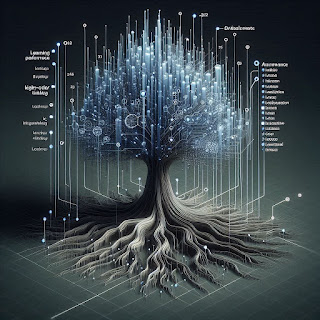Summary
This Youtube video (https://bit.ly/overqualifieddralbert) addresses the pervasive issue of age bias that workers over 40 frequently encounter during job searches, specifically focusing on the subtle yet damaging use of the term “overqualified” by hiring managers. It highlights how these biases stem from unspoken fears and misconceptions, such as concerns about salary, adaptability, and longevity in a role.
The speaker emphasizes that these are assumptions reflecting the insecurities of hiring managers rather than the actual capabilities of experienced candidates. Instead of hiding their experience, candidates over 40 should strategically reframe their skills and knowledge as valuable assets that bring unique benefits to potential employers.
This involves proactively addressing biases during interviews, shifting the narrative around being “overqualified” to demonstrate readiness and cost-effectiveness, and showcasing adaptability by staying current with industry trends and technologies. The video offers practical examples of how to respond to common biased questions and suggests expanding job search strategies beyond traditional job boards by leveraging LinkedIn for genuine networking.
Ultimately, the video empowers experienced professionals to take control of the interview narrative, positioning their experience as a solution rather than a liability, and encourages ongoing learning and strategic communication to overcome age discrimination in hiring.
Highlights
- 🔑 The word “overqualified” is often a disguised form of age bias used against workers over 40.
- 🤔 Hiring managers’ concerns about older candidates often reflect their own insecurities, not the candidate’s skills.
- 🎯 Reframing extensive experience as a unique strength can turn perceived liabilities into advantages.
- 💡 Proactively addressing biases in interviews builds confidence and shifts employer perceptions.
- 🚀 Highlighting adaptability and continuous learning disproves myths about older candidates being out of touch.
- 🌐 Leveraging LinkedIn for authentic networking can uncover hidden job opportunities beyond job boards.
- 🛠️ Strategic preparation and clear communication empower experienced candidates to control the interview narrative.
Key Insights
🔍 Age bias is often subtle and hidden behind coded language: Statements like “this is a fast-paced environment” or questions about how long a candidate plans to stay are often disguised forms of discrimination. These phrases are designed to question the suitability of older candidates without overtly stating age as a factor, making it harder for job seekers to identify and confront these biases. Recognizing this hidden language is the first step toward overcoming it.










